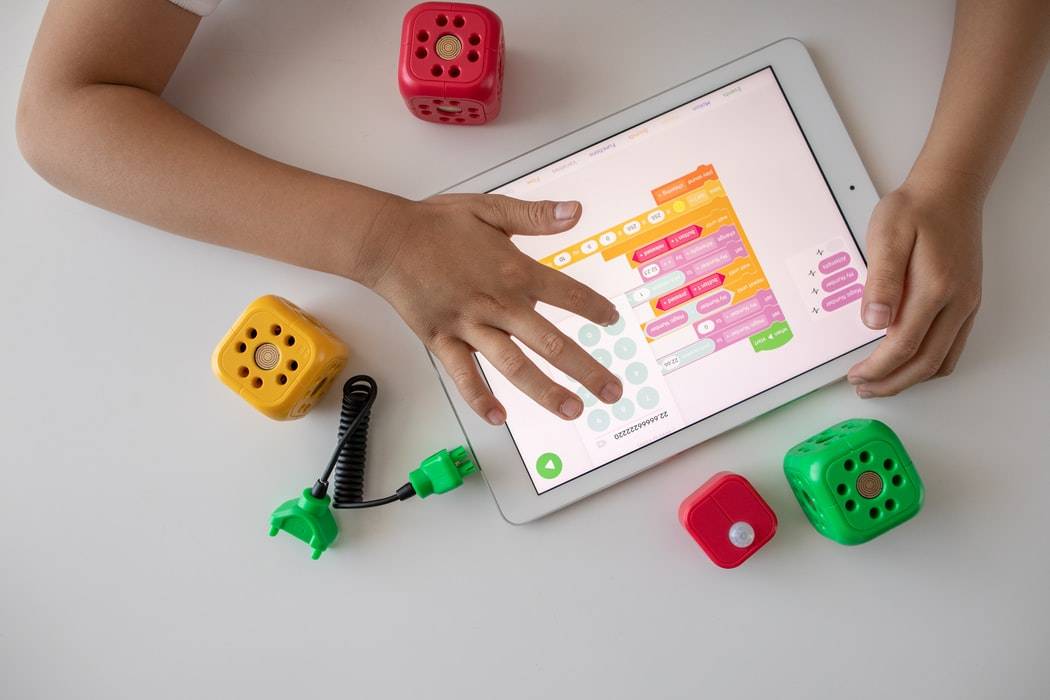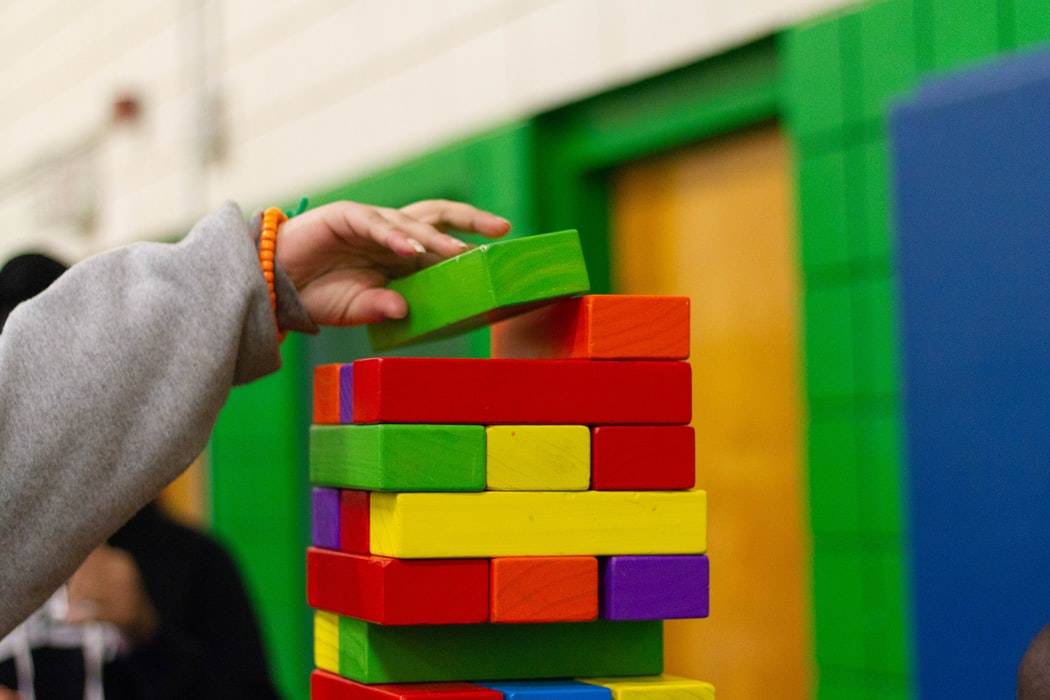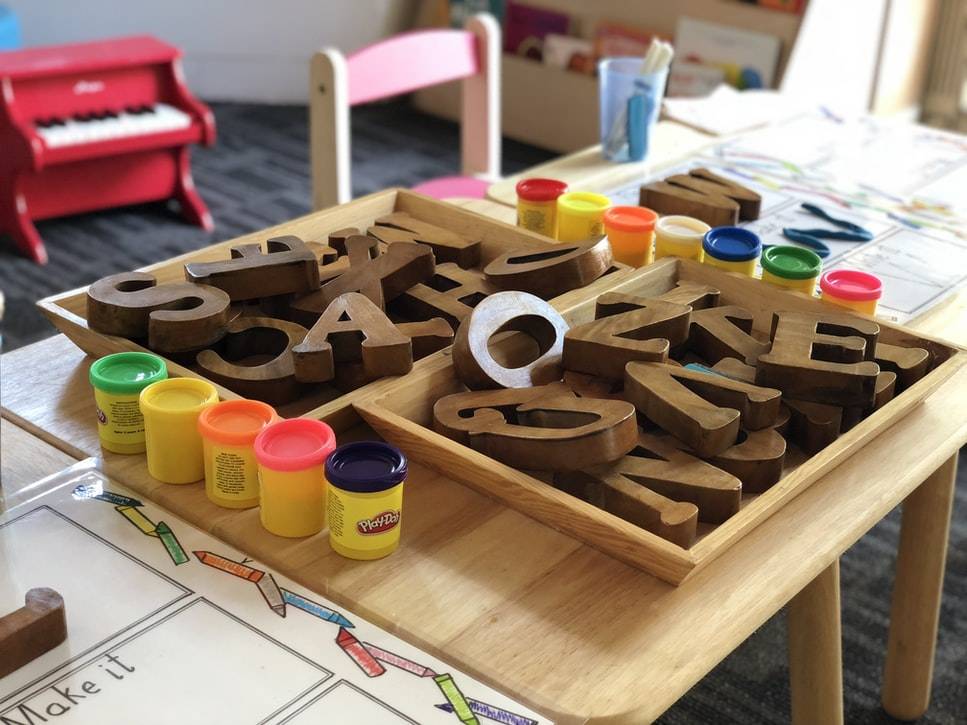
Screens are everywhere these days, and whether you like it or not, it’s nearly impossible to completely prevent your kids from looking at a phone, a TV, or a computer screen throughout the entire day.
Now, screens aren’t completely bad for growing children – they provide interactive ways to learn and have fun. But research has consistently revealed that too much screentime simply isn’t good for their mental (and sometimes physical) development in the long run.
That said, it’s probably a good idea as a parent to maintain a balance at home when it comes to allowing your kids to watch TV or cycle through YouTube videos.
Here are five steps you can follow to make the task of balancing screen time at home more manageable for both you and your kids.
1. Set and stick to a routine

Caption: Most good habits are formed through repetition and sticking to a routine.
First, it’s important to realize that if you want your kids to form a habit, you have to make them practice it over and over until it becomes a part of them. This goes the same for reducing screen time throughout the day.
If your kids are able to repeatedly stick to a routine that you’ve set, it makes the whole adaptation process way easier. This is simply due to the fact that they’ll know what to expect each day, and not to feel disappointed whenever it’s time to finally turn off the TV or the computer for those couple of hours or so.
To plan a schedule, make sure that the time slots for “screen off” are determined and agreed upon in advance, and make sure that there are minimal changes once everything has been set.
If you keep changing the rules and working around the agreements, it becomes way harder for your kids to take the whole arrangement seriously.
2. Make sure there are consequences

Caption: Setting rules and consequences will help your kids understand that the “no screen time” rule isn’t to be taken lightly.
If your kids are going to follow a habit, there has to be a deterrent to prevent them from breaking it or giving up altogether. The most effective way to prevent them from giving into the temptation of picking up the remote is to have consequences for doing so.
Depending on what your household believes in, you and your kids can agree upon certain “penalties” that will be enforced whenever they fail to stick to the routine.
These can range from having to do additional chores, to having even less screen time the next day, to even not allowing them to have their favourite food or dessert for the week (just don’t make it too harsh on them).
Once they realize that the schedule isn’t something to mess around with, your kids will more likely be more willing to stick to the agreement.
3. Reward them for a job well done

Caption: Abstaining from watching TV or using the computer can be a tough job, so reward your kids if you feel they’ve earned it.
4. Let them make choices

Caption: Letting your kids get involved in the decision-making process will make them more likely to follow a schedule.
Kids are usually more willing to follow suggestions and instructions if they have their own say in things, which is why you should allow them to provide their opinions and input when planning their routines.
Aside from determining how many hours of screen time they’re allowed each day, you can give them the preference of choosing what they want to watch, or when their viewing hours will be.
For example, after you decide that your kids can spend up to two hours looking at any screen per day, you can give them the options of picking when they want these time slots to be positioned throughout their daily timetables.
If they have a favourite series screening a https://gem-3910432.netnew episode every day at 4PM, they can decide to spend an hour watching TV during the late afternoon, and designate the other hour somewhere else.
In the end, you can use this as a way of keeping them accountable and responsible for sticking to the agreement.
5. Ease them into the habit

Caption: Don’t expect quick results. Instead, allow you and your kids to get used to new changes.
Of course, trying to reduce a kid’s screen time is a task that will require time and gentle easing. Instead of expecting that everything will go according to plan without any resistance from your kids (highly unlikely), you should prepare yourself for some teething issues, including giving into temptation, getting cranky or disappointed, or not knowing what to replace the screen time with.
The best thing to do in such scenarios is to reason with your kids and manage expectations. In the early stages, you can give your kids warnings about time limits, like saying “you have 20 minutes left”, or you could also ask them about how they feel about the current arrangement, and allow them to share their opinions with you.
Whatever the case, always try to approach any situation with fairness and reason, no matter how emotional or difficult your kid might get.
Also, whenever possible, you should also attempt to curate and prepare replacement activities to keep them occupied, such as picking out some fun art activities, or engaging story books for them to read.
###
Hopefully, the above pointers will help make your kids’ screen usage more manageable. While it may seem like an overwhelming task to juggle all of your daily responsibilities as a parent, breaking down the process into easy-to-follow steps like the above can and will make life much simpler.

If you require some tools to help keep your kids occupied during the moments where the screens are turned off at home, you might just want to consider picking up a few of the highly entertaining and educational sound books from our collection.
And if you find yourself in need of even more parenting inspiration and tips, head on over to our regularly updated blog here.




